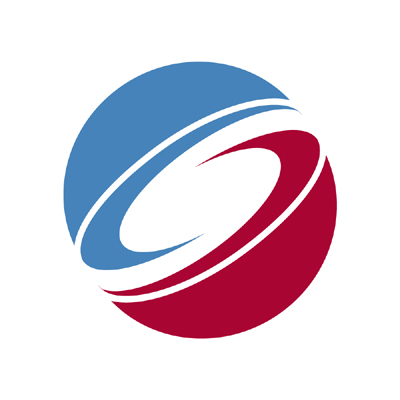The ACM SIGGRAPH Pioneers are members of ACM SIGGRAPH who have been involved with computer graphics and interactive techniques for twenty years or more. The Pioneers serve as an advisory board to the ACM SIGGRAPH Executive Committee (EC) and are involved in many of the volunteering aspects of the organization and conferences. Each year at SIGGRAPH, the Pioneers get together for an exclusive, Pioneers-only reception with a distinguished speaker from the computer graphics community. It’s a chance for old friends to reconnect and new friends to be discovered.
The Chair is responsible for the following:
- Organizing and meeting with the Pioneers Steering Committee (PSC)
- Organizing and monitoring the different ACM SIGGRAPH related activities of the Pioneers
- Organizing the annual Pioneers reception at the SIGGRAPH Conference including, in consultation with the PSC, recruiting the speaker
- Acting as a liaison between the Pioneers and the EC to advise the EC and to ensure that the Pioneers’ activities are aligned with the strategic priorities of the EC
- Work with the History Committee on such activities as providing speakers, reviewers, and authors for articles, books, etc. about computer graphics history and lessons learned
- Initiate and coordinate projects of interest to ACM SIGGRAPH and the Pioneers
The Chair must submit a budget request to the Executive Committee every January and submit an annual report in June. The Chair can expect to spend an average of 5 or more hours/week on the chair activities.
For those interested in applying for this position, please contact the ACM SIGGRAPH Project Manager (project-manager@acmsiggraph.org). Only applicants who are ACM SIGGRAPH Pioneers in good standing as of the application deadline will be considered. Provide a CV and vision statement (why you’re interested in being chair and what you hope to accomplish in this volunteer role). The Pioneers Steering Committee will review all the candidates, conduct interviews if necessary, and make recommendations to the ACM SIGGRAPH Executive Committee in order to identify the next Chair.
The deadline for applying is July 15, 2021 but applications will be accepted until the position is filled and the term will begin on September 1, 2021. The term is three years, renewable once.

